| Size | |
|---|---|
| Common Name | |
| Type | |
| Family | |
| Native? | |
| Zone | 5, 6, 7, 8, 9 |
| Height Range (ft.) | 3.00 to 4.00 |
| Spread (ft.) | 3.00 to 4.00 |
| Bloom Time | –, January, February, July, August, September, October, November, December |
| Bloom Description | Reddish-Pink |
| Sun | |
| Water | |
| Maintenance | |
| Suggested Use | |
| Tolerate | Air Pollution, Black Walnut, Drought, Dry Soil, Erosion, Wet Soil |
| Flower | |
| Leaf | Colorful, Good Fall |
| Other | |
| Growth Rate |
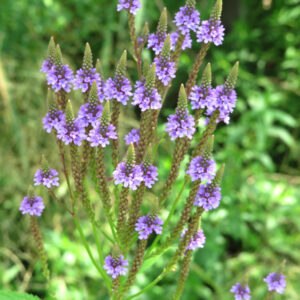
Panicum virgatum – Switchgrass is a native warm-season grass with airy flower panicles and vibrant fall foliage. Thriving in full sun and a variety of soils, it’s perfect for borders, meadows, and erosion control, supporting wildlife and requiring minimal care.
$12.99 – $149.99
Please note: Sizes 1.5 Gallon and up can’t be shipped outside the counties of Nassau, Suffolk, Brooklyn, and Queens.
Learn more about how the process works and how our plants are delivered.
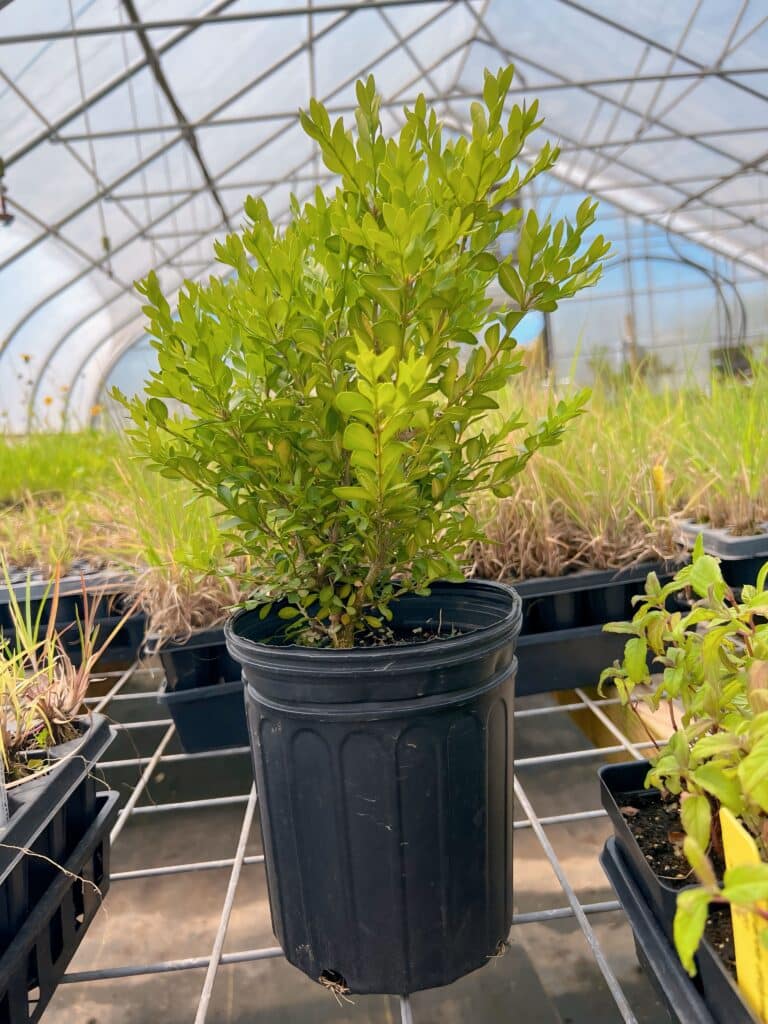
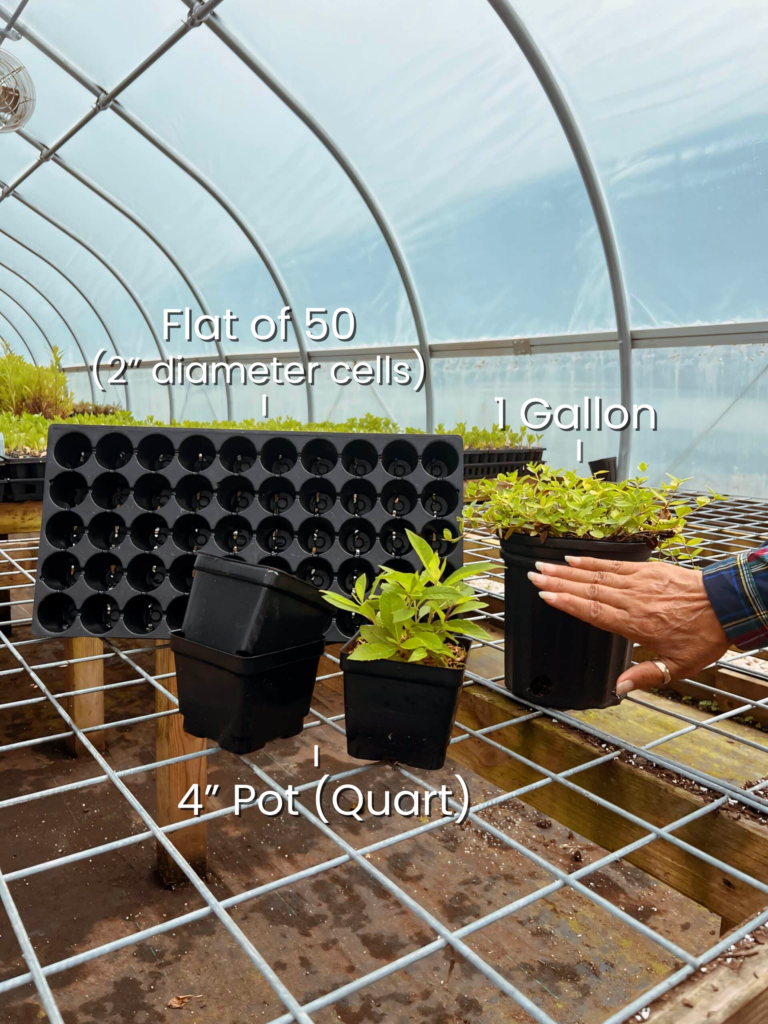
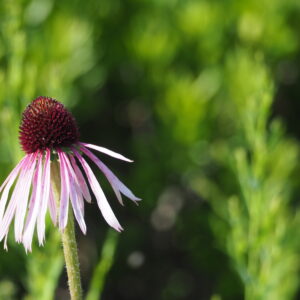
| Size | |
|---|---|
| Common Name | |
| Type | |
| Family | |
| Native? | |
| Zone | 5, 6, 7, 8, 9 |
| Height Range (ft.) | 3.00 to 4.00 |
| Spread (ft.) | 3.00 to 4.00 |
| Bloom Time | –, January, February, July, August, September, October, November, December |
| Bloom Description | Reddish-Pink |
| Sun | |
| Water | |
| Maintenance | |
| Suggested Use | |
| Tolerate | Air Pollution, Black Walnut, Drought, Dry Soil, Erosion, Wet Soil |
| Flower | |
| Leaf | Colorful, Good Fall |
| Other | |
| Growth Rate |
Transform your garden with the versatile beauty and ecological benefits of Panicum virgatum, commonly known as Switchgrass. This hardy, native warm-season grass features upright, clumping growth with tall, graceful stems and fine-textured green leaves that turn brilliant shades of yellow, orange, and bronze in the fall. Delicate, airy flower panicles emerge in late summer, adding movement and a soft haze to your landscape. Perfect for sunny borders, meadows, or erosion control, Switchgrass thrives in a wide range of soil conditions, tolerates drought, and provides essential habitat and food for wildlife, making it a must-have for eco-friendly gardens.
Switchgrass is perfect for adding height, texture, and movement to sunny borders, rain gardens, or meadow plantings. Pair it with late-blooming perennials like Asters, Goldenrod, or Purple Coneflower for a biodiverse and visually stunning landscape. Its upright growth makes it a fantastic backdrop for smaller plants or as a focal point in mixed plantings. Switchgrass is also ideal for creating privacy screens or as part of a low-maintenance, prairie-style garden.
Panicum virgatum supports wildlife by providing shelter for small animals and a valuable seed source for birds in the winter. Its deep roots improve soil health, reduce erosion, and enhance water infiltration, making it an essential plant for sustainable and restoration-focused landscapes.
Enhance your garden with the graceful beauty and ecological value of Panicum virgatum – Switchgrass. This resilient native grass brings movement, color, and biodiversity to any outdoor space.
/5
Total reviews
|
|
Persons recommended this product
Anonymous
Shopper
check_circle Verified
Shop owner replied
Was this helpful
Anonymous
Shopper
check_circle Verified
Shop owner replied
Was this helpful
Your feedback helps us improve our service.
There are no reviews yet.
Be the first to review “ ”
Please log in to submit a review.
Only logged in customers who have purchased this product may leave a review
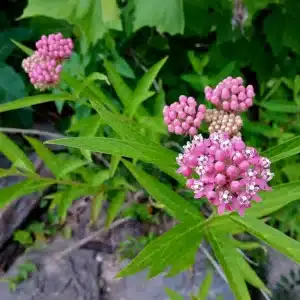
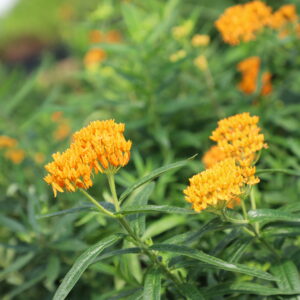
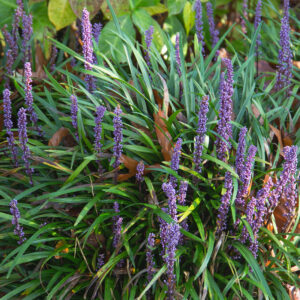

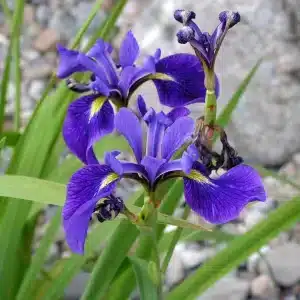
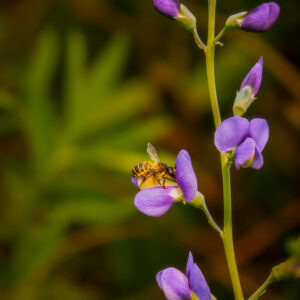
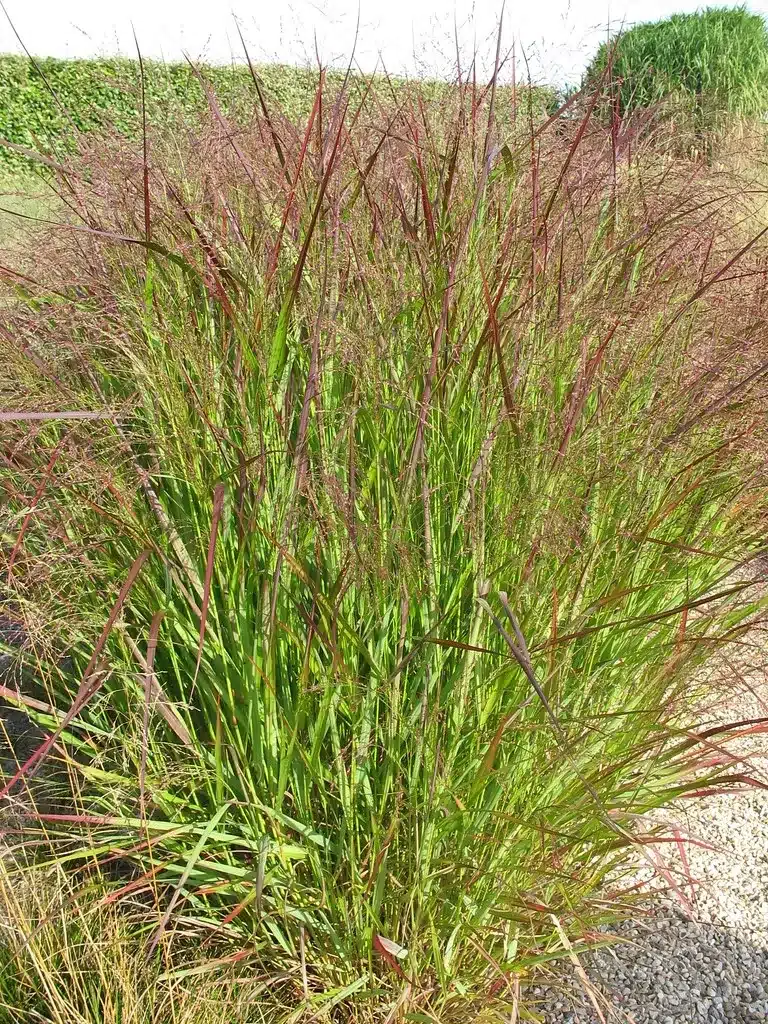
Our gift cards make it easy to share the beauty of plants, flowers, and all things green. Whether for a special occasion or just because, give the gift of choice and let them select their favorites to create a garden they’ll cherish.
BUYING HIGH QUALITY PLANTS HAS NEVER BEEN EASIER
Our plants are easy to order, plant, and enjoy! Bringing pollinators to your property improves vegetable yields – Feed the bees!
Sign up for our email list!
Copyright © 2025 Bumbee’s | Web design and SEO by Searles Graphics